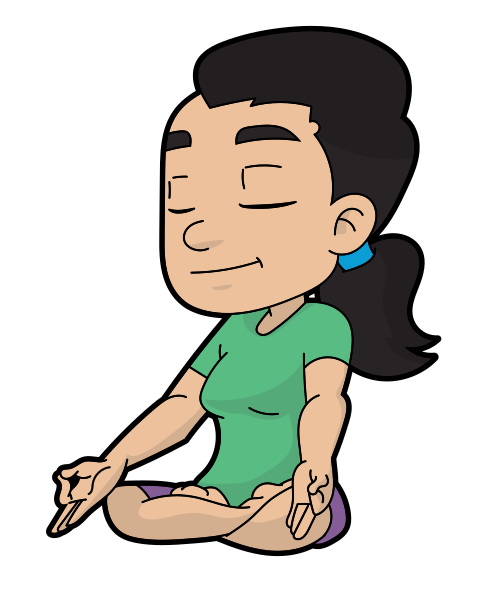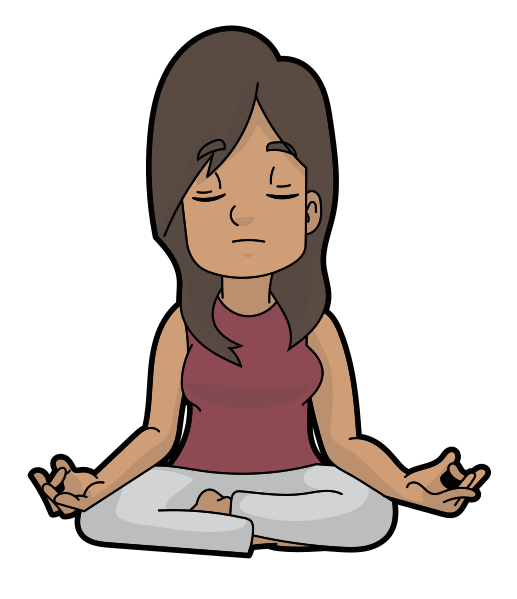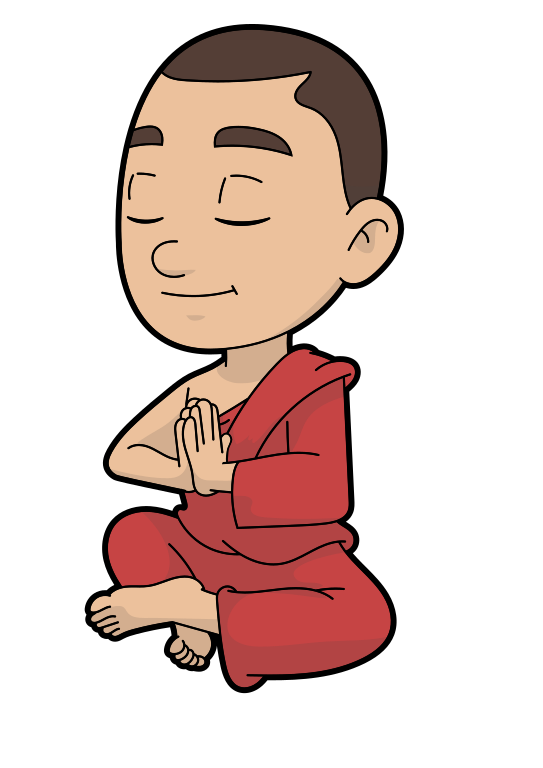The videos below present an overview of the CBT for Insomnia program developed by Dr. Gregg Jacobs at Harvard Medical School. For more detailed information about his online CBT-I program, please visit www.cbtforinsomnia.com.
Learn How to Meditate in 5 Easy Steps
Meditation Tips: Emotions and Pain
Letting Go of Thoughts Mindfully
 It’s easy to get swept away by our thoughts, especially in the face of strong emotions. We get stuck ruminating and dwelling about the past, filled with guilt or regret. Or our minds start racing and we can’t stop worrying about the future and imagining all the things that could go wrong. Or we replay conversations over and over again in our heads, trying to make sense of them or figure out what we could have said differently.
It’s easy to get swept away by our thoughts, especially in the face of strong emotions. We get stuck ruminating and dwelling about the past, filled with guilt or regret. Or our minds start racing and we can’t stop worrying about the future and imagining all the things that could go wrong. Or we replay conversations over and over again in our heads, trying to make sense of them or figure out what we could have said differently.
When our minds get going like this, not only is it exhausting; these patterns of thinking tend to make us feel bad, intensifying the emotions we’re already feeling and generating additional negative emotions as well. Because this experience is so unpleasant, it’s natural to want to these thoughts to stop, and to be able to prevent yourself from even having them in the first place. We often wind up trying to make these thoughts go away, and shut them out completely and make sure they don’t come back. But just like we can’t control our emotions or suppress our emotions, neither can we control or suppress our thoughts.
Following Your Breathing By Measuring Breaths

In a previous post we practiced Following Our Breathing By Counting Breaths. Now we’re going to learn how to follow our breathing by measuring our breaths.
Measuring Your Breaths: Each time you take a breath, silently measure the length by counting to yourself:
Out … two … three … (four)
Mindfulness of the Breath Meditation

In previous posts we practiced Following Our Breathing By Counting Breaths and Following Your Breathing By Measuring Breaths. Now we’re going to learn a brief Mindfulness of the Breath Meditation.
You can do this meditation either sitting cross-legged on a cushion the floor, or on a firm chair with a straight back and preferably no armrests. You want to be in a comfortable but alert posture, with your back straight but not stiff, you shoulders relaxed, on your hands resting in your lap or on your knees.
When you’re ready, start the video below to play the guided mindfulness of the breath meditation.
Meditation Tips: Mind Wandering
Meditation Tips: Dealing With Distractions
Breathing In I Feel Calm, Breathing Out I Relax

In previous posts we practiced Following Our Breathing By Counting Breaths and Following Your Breathing By Measuring Breaths and a Mindfulness of the Breath Meditation. Now we’re going to learn a great mindful breathing practice to help you calm yourself and relax.
Breathing In I Feel Calm, Breathing Out I Relax: Following your breath by silently repeating to yourself the phrase:
Breathing out I relax.
You can also shorten the phrases to:
Out, Relax
Bringing Mindfulness into your Daily Life
 Mindfulness isn’t just something we practice when meditating: anything we do throughout the day, we can learn to do mindfully. Once we learn to bring mindfulness into our everyday lives, we can reduce a lot of the stress, anxiety, depression and anger that tends to build up when we go through life relatively mindlessly.
Mindfulness isn’t just something we practice when meditating: anything we do throughout the day, we can learn to do mindfully. Once we learn to bring mindfulness into our everyday lives, we can reduce a lot of the stress, anxiety, depression and anger that tends to build up when we go through life relatively mindlessly.
It would be great if we could go about our whole day completely mindful, bringing our full attention to whatever we’re doing, while we’re doing it, and not getting carried away by distractions or thoughts of the past or about the future. But although mindfulness sounds simple, it does require effort. It takes a continual effort to notice when our mind’s started to wander and keep bringing it back to the present, and it’s not something most of us can do all day long.
So instead of striving go about the entire day mindfully, it’s good to start with some small steps, and find ways to gradually add more mindfulness into your activities throughout the day. Below are some ways you can start bringing mindfulness into your days on a regular basis.
Choose One Routine Activity to Do Mindfully Every Day Read More
